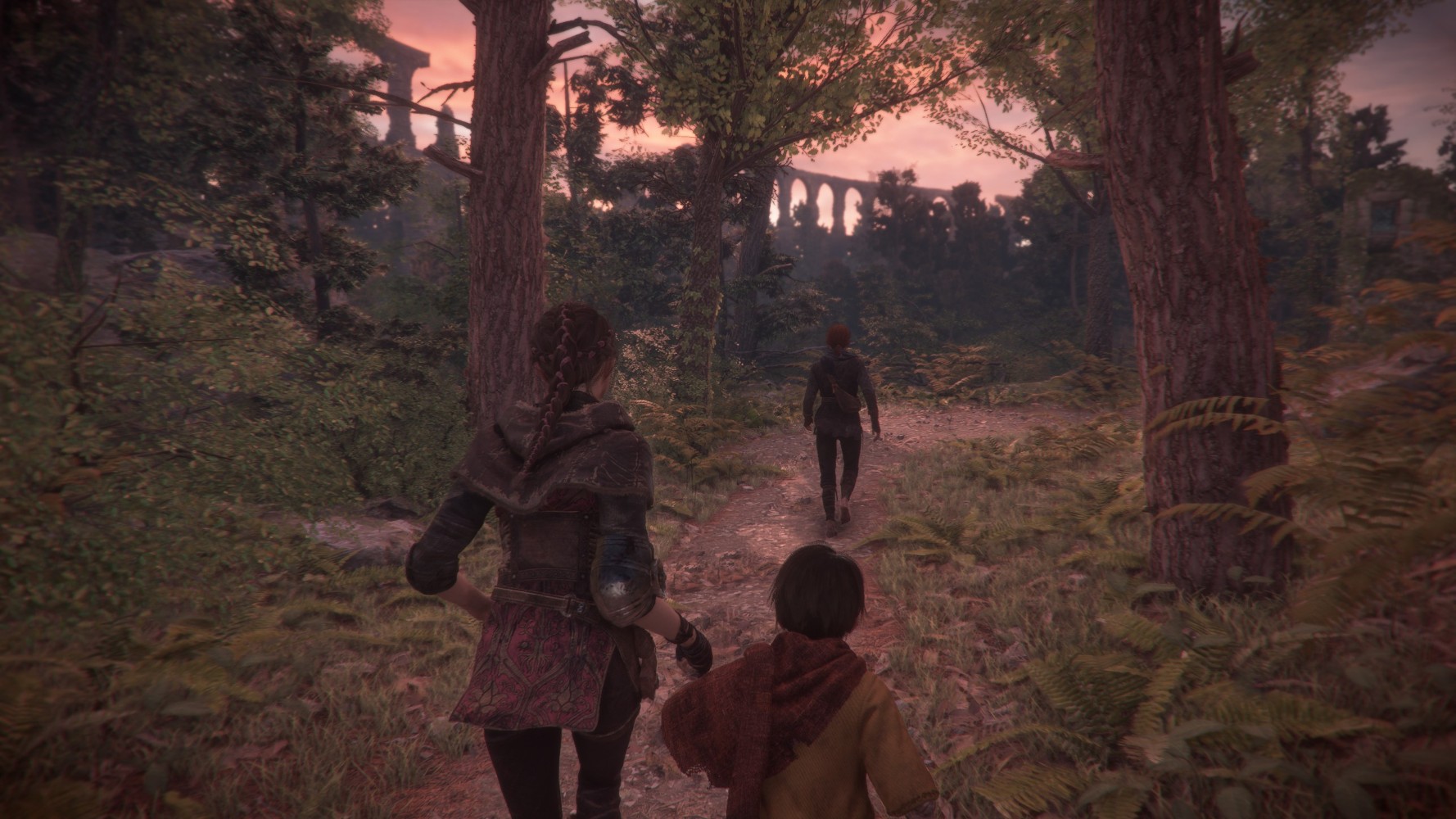Introduction
Despite not being very well-known, A Plague Tale: Innocence shocked me with just how good it was. The voice acting was top notch, with a special award going to Hugo. The narrative was compelling, and the mechanics were clean and well-built, often reflecting the narrative in important ways. However, the game does not have any non-linear elements, and the stealth and puzzle mechanics do not offer much in the way of gameplay challenge. If you enjoy narrative games with strong characters, this is a game for you, but if you prefer non-linear games that give more freedom to the player, I'd give this one a miss.
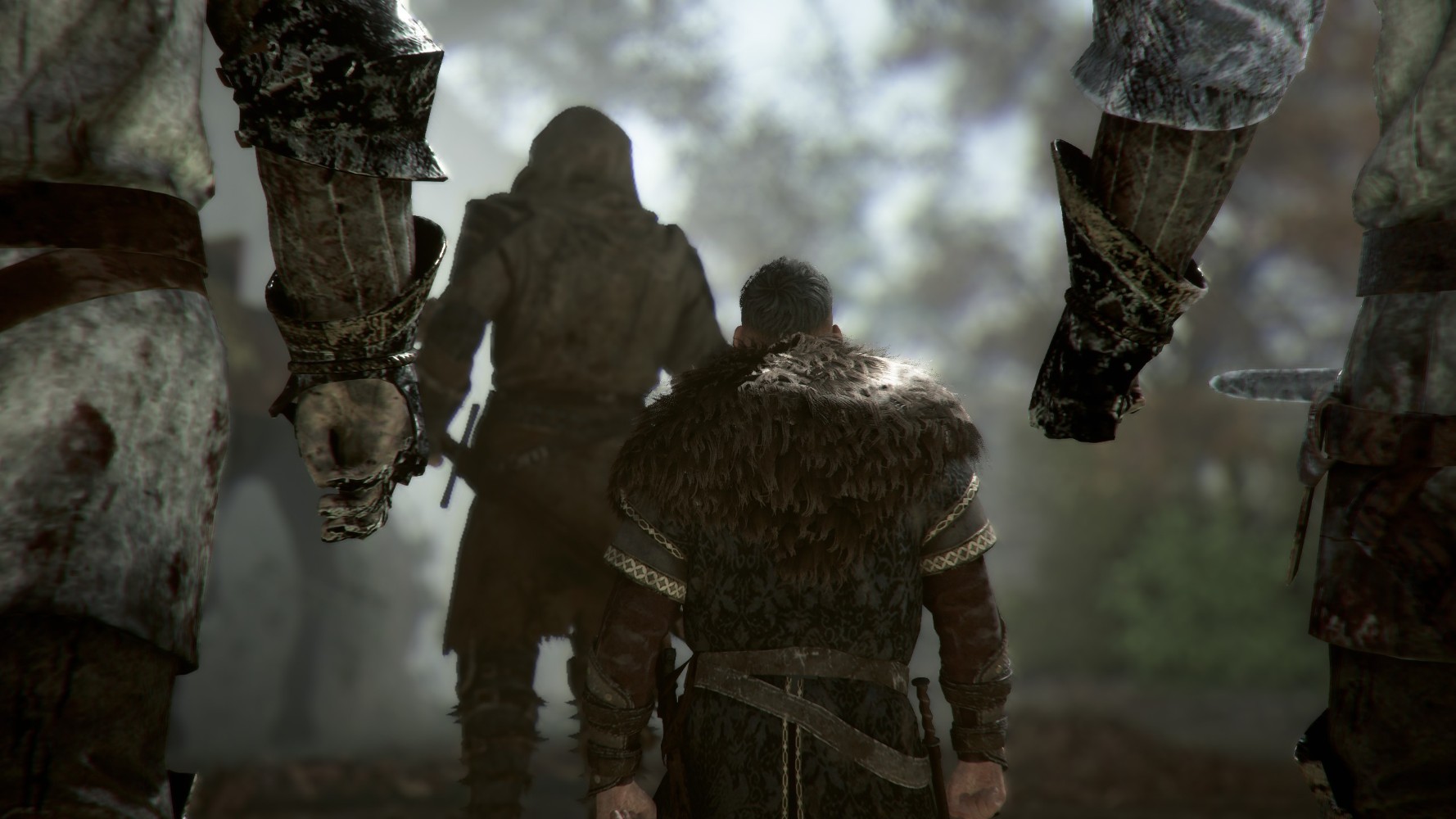
Narrative & Characters
This is absolutely a narrative game, so this warrants a bit of discussion here (without spoiling anything). You start off in a castle in a rich family, before the house is quickly invaded, both your parents are killed, and you're forced to flee with your little brother Hugo. You don't know who, you don't know why, just that you need to run to safety. A lot is revealed slowly throughout the narrative and I always wanted to know more. Who came to the castle? Why? What's wrong with Hugo? How do the rats link to this? It's all linked together in the end in a very satisfying conclusion which is well worth experiencing. It's a very sad narrative mind you, and it always manages to invoke the intended emotions at each point in time.
The characters were all interesting, with the voice acting being especially strong. I loved Hugo's character, as he'd run off sometimes and behave how a little boy would. He'd say things like "is he sleeping?" in the most innocent voice which just contrasted from the horrors around brilliantly. Things also develop throughout the narrative, as the characters get progressively more desensitised to what's going on. My favourite moment in the narrative was when Amicia first killed someone. Most games don't give nearly enough weight to this moment, but this game really did that justice. All of these moments were brilliantly done, accompanied by an excellent soundtrack, that made everything feel real and relatable. The characters are so relatable that you really feel like it could be you.
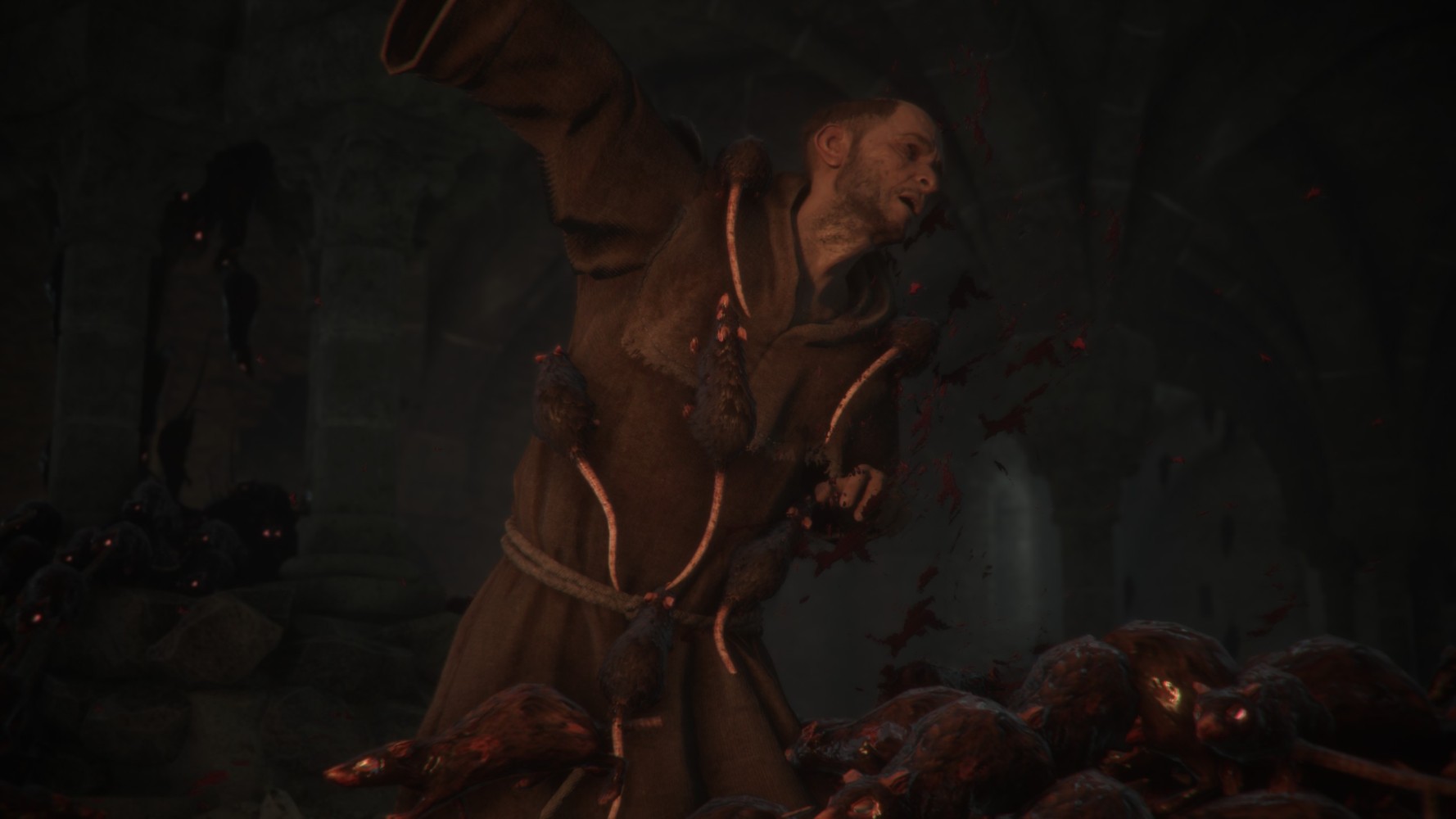
Rats & Puzzles
The rats. Wow. The rats. In specific areas, there are countless of them swarming the floor, but there's one key thing - they are scared of the light. This is a really intuitive and versatile mechanic that lends itself well to puzzles, although none of them were particularly challenging. The gameplay elements were often nice and obvious, and right where you needed them, leaving no room for doubt over the intended solution. However, they didn't have a negative impact on the game either and I generally enjoyed quickly solving the puzzles to get to the next bit of narrative.
The best thing to me was how the mechanics develop over time. As new mechanics are introduced that appear to be overpowered, the old ones remain useful. For example, you start off the game by using sticks to light a fire from a previous one. But later on, you gain a spell to light fires from nothing. However, both of these mechanics are needed, as if two fires are far away then you still need a light source to cross the gap. This is far from the extent of it though, and to say more would be spoiling it, but the mechanics really change as the narrative progresses and you interact with the world in a new way. The progression of mechanics is hugely important to make it feel unique and make each part of the game feel very different to play. Sometimes it's a companion that can do a special thing for you, sometimes it's getting more spells which change the way you do things, and by the end the whole way you interact with the world is completely different. I can't say more without spoiling it, but it was really clever how the way you interact with rats slowly changes and how that perfectly complements the narrative.
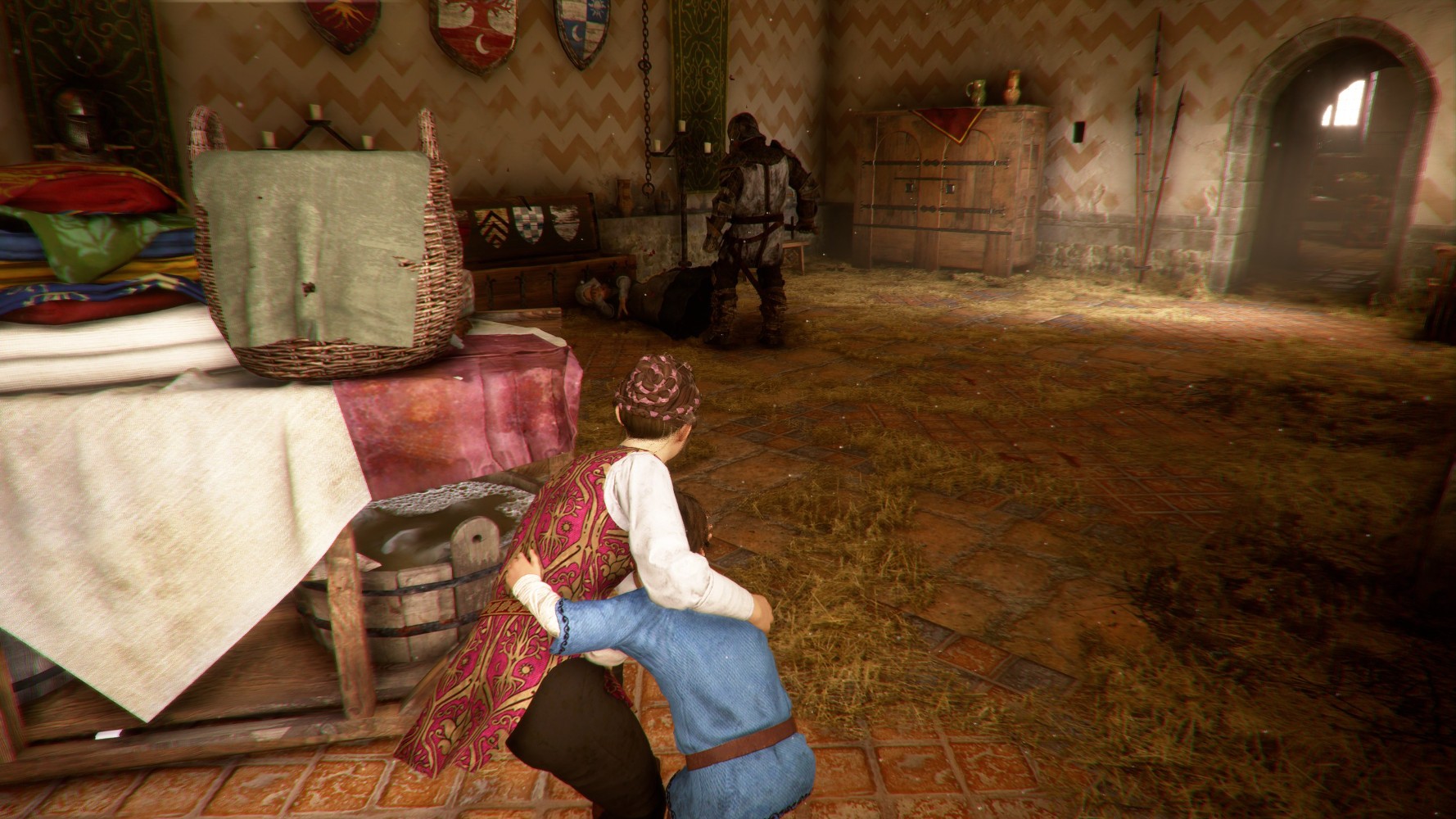
Stealth & Combat
The stealth mechanics felt fair and very clear, leaning far more towards it being a puzzle to solve rather than an action-stealth game. However, as with the puzzles, the solution was always unbelievably obvious. You might have to wait a short while to figure out an enemy's movements, but after that it's really clear what you need to do, and if you haven't figured it out it'll be because you haven't noticed something obvious, rather than failing to make a logical deduction. The game is very clear with visual communication, putting metal objects around enemies where needed and giving you a pot whenever you need a pot (making it pretty obvious that you need to use a pot...).
Combat was also easy, but felt appropriate and I'm glad no new mechanics were added to flesh out this system further. To kill an enemy, you simply hit them in the head with a rock. That's it. Of course, this can alert nearby enemies, and if there's a lot of them then you might struggle. Also, some enemies have helmets, which requires first hitting them with a spell to remove the helmet before they can be killed. Sometimes, when there's lots of enemies, it can be impossible to kill them all, but often the combat undermined the stealth mechanics. I could've used the metal objects or thrown a pot, but it was always really trivial to just kill the enemy directly. There were some boss fights too, which were often uninteresting (except for the final boss, which was pretty great actually).
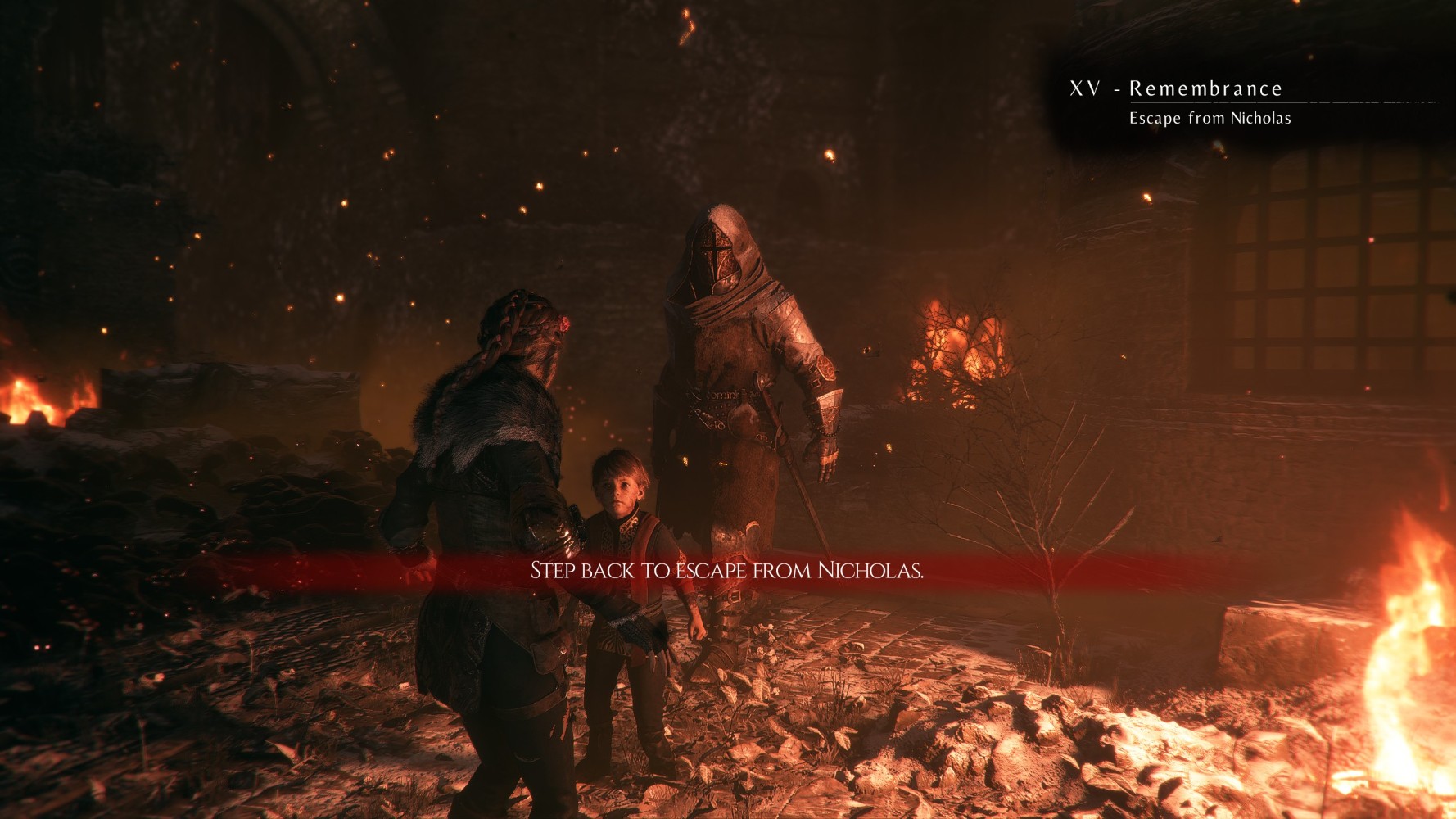
The HUD & Handholding
As a narrative-driven game, this does a great job at directing the player down the intended linear path, although it does so in a way that is really obvious. I never wondered "where should I go next" or "which way do I go to get past this guard" because it was always just so obvious what the super linear path was. There are also times when the HUD pops up in a way that isn't needed and communicates things which would be better communicated by other means. It felt like any sections which were confusing during playtesting had voice lines or UI elements added to explain the solution, rather than fixing the problem.
Overall, I felt like the HUD wasn't needed. Now, there was an 'immersive mode' option at the beginning of the game which, if enabled, would've solved some of these problems. However, I think having two options for this is a failure in design. As a new player, I don't know what is best for my experience, and the game did almost nothing to help me choose the best option for me. Maybe now I'll know for next time, but there isn't a next time. Furthermore, in my opinion, you either communicate the information properly (and therefore don't need the HUD) or you don't (and then do need the HUD). This option should not exist at all - all players want the same thing (to get the information they need), so why have a toggle for it instead of just delivering the information in a better way? Due to lack of information and the fact that the toggle can be worked around entirely, I don't think this option was a good way to resolve the design challenge.
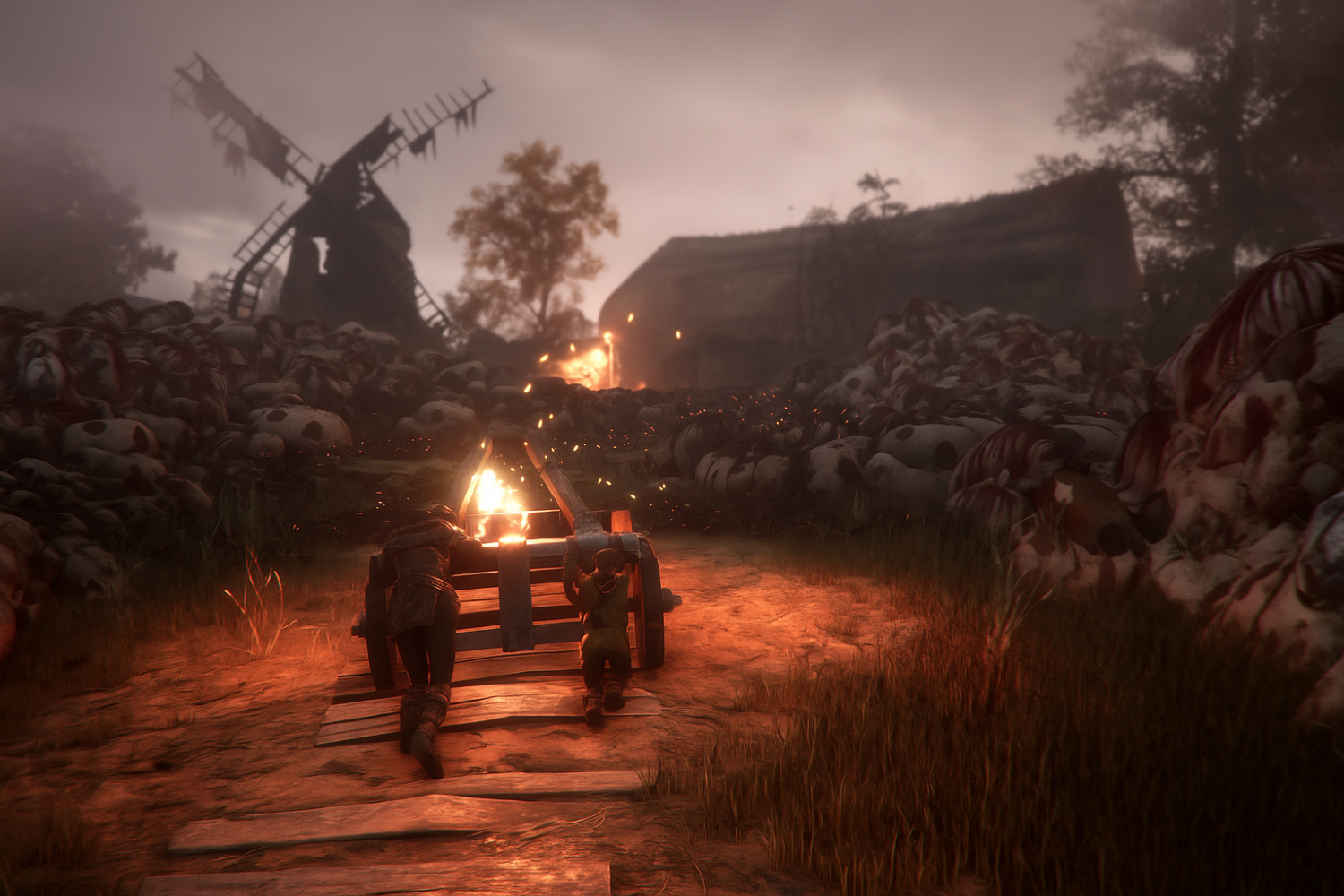
Resources & Upgrades
The game has a rich system of lots of resources which each craft particular spells and gain upgrades. However, it never felt that interesting. The biggest flaw was that, as a linear narrative, the game simply could not let any player get stuck. This meant that the exact resources you need are always in the same room as you, which not only undermines the resource management but also the puzzles too. I consistently had plenty of resources to craft the spells I needed to craft, and it was more of a chore to craft them than an interesting mechanic to engage with. Personally, I just don't think that a crafting system for consumable items goes well with a super linear narrative.
Upgrades were slightly more interesting, although only slightly. Some resources were much rarer and needed to upgrade your tools, although I never really cared much about any of the upgrades. Increasing the size of my inventory was useful, but it just felt like something I had to do to then get back into the narrative. This is partially because the upgrades were a bit boring, but also because I knew that I would be able to complete the whole game without bothering with any upgrades - so why would I bother? I love the narrative, and the resource management was just taking me away from that. Overall, I think the resources and upgrades could've been better thought out as a mechanic to complement the narrative rather than work against it.
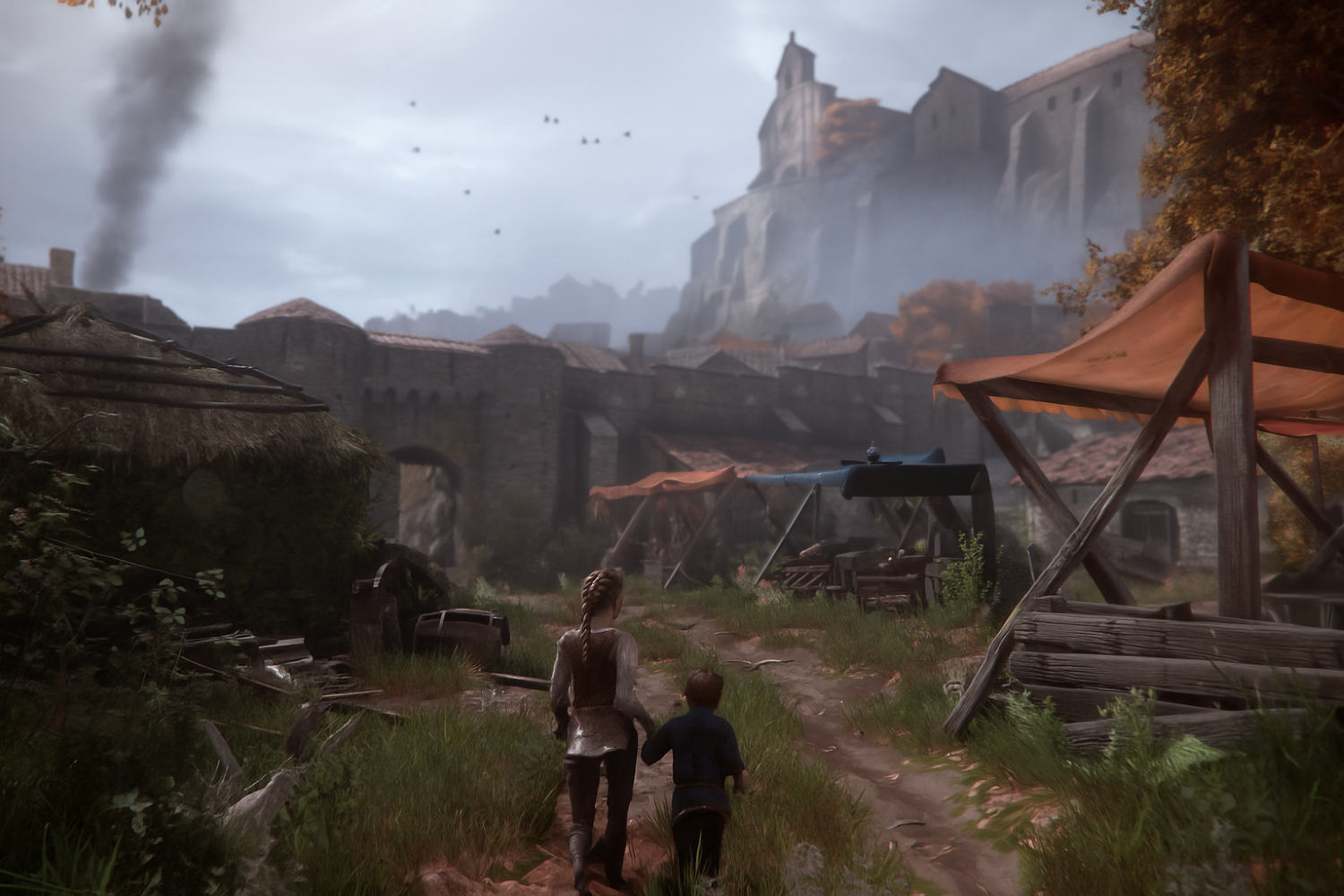
Visuals & Soundtrack
The visuals are excellent. For a 2019 game, it still looks pretty to this day, and balances realism with style very well.
The soundtrack is also very strong. It's not my favourite, but it always complemented what was going on screen really well and made certain moments far more impactful. It's the sort of soundtrack you don't think too much about when playing, in all the best ways.
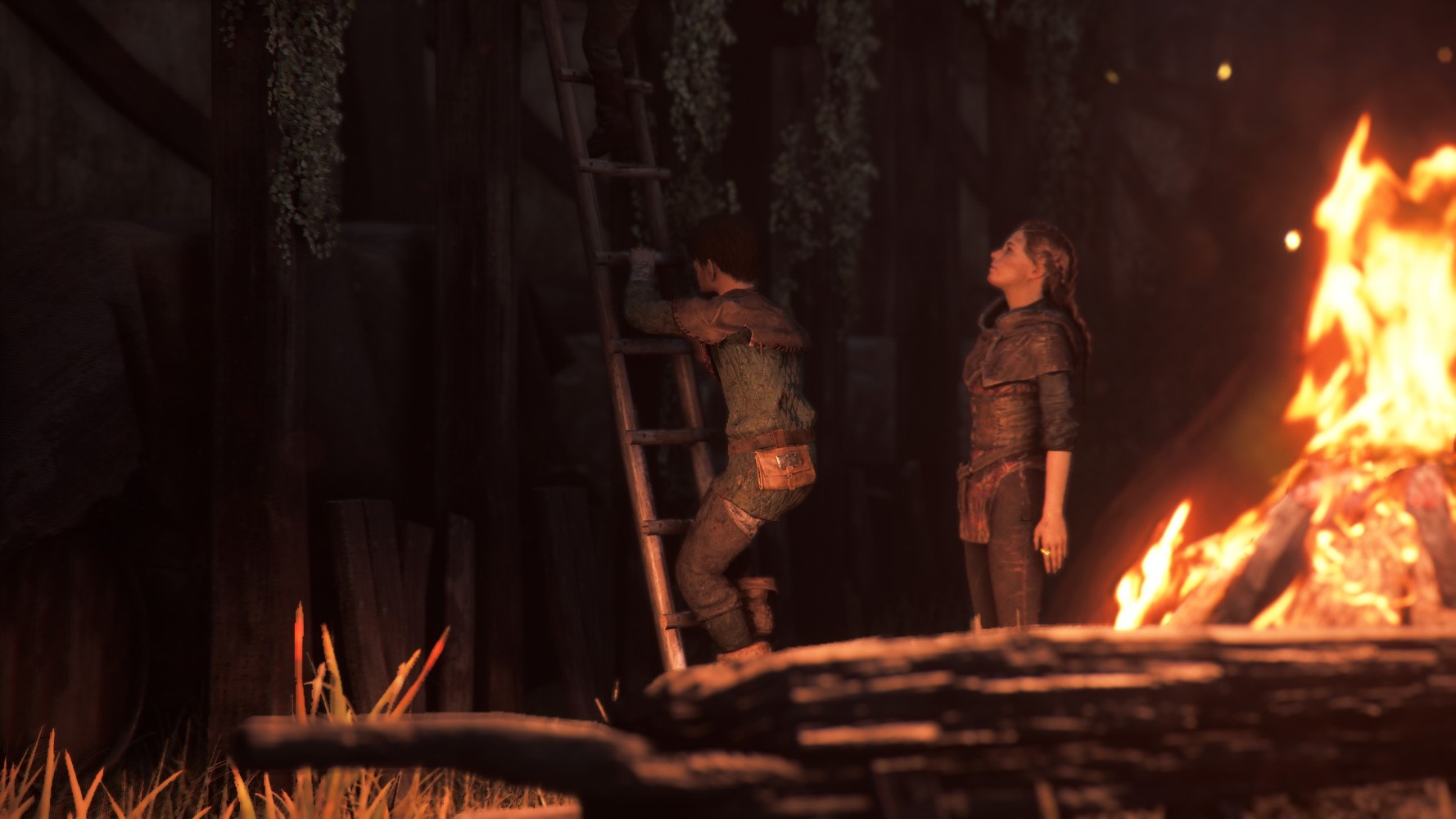
Conclusion
Overall, this is an excellent linear narrative. If you're expecting more freedom, or just don't like being told what to do, then you're not gonna like this game. However, the very linear narrative with very little in the way of gameplay challenge is more than made up for by the strength of this narrative and the characters within it. If you're looking for a linear narrative, I would highly recommend this game.
P.S. The photo mode doesn't automatically hide the UI when you press "Capture". This is very annoying!




